Search results for: “hell part 2”
-
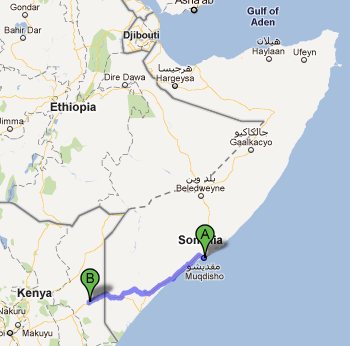
“What the Hell Is Happening in Somalia?” – Part 1
Ghedi, 13 years old, is trying to escape Mogadishu, the capital city of Somalia. Now, before I start Ghedi’s story, let’s get ourselves situated. Here’s Mogadishu relative to the rest of Africa: You can see that it’s a coastal city, on the southern end of the Horn of Africa (that’s the pokey piece of Africa…
-
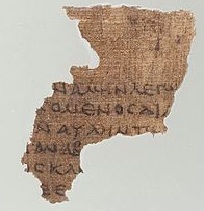
NT Sunday School Lesson 29: Acts 6-9
Acts 6 Verses 1-7: Who were the “Grecians”? We would probably call them “Hellenists.” Remember that as yet the Gospel has not been preached to the Gentiles, so who might these people have been? Who were “the Hebrews”? Is there anything comparable to this division in today’s Church? Why were the Grecians complaining? The word…
-
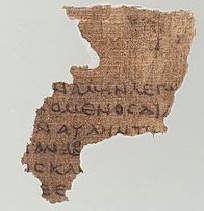
NT Sunday School Lesson 27 (JF): Matthew 28; Luke 24; John 20-21
Matthew 28 Verse 1: Who was the other Mary? (See Matthew 27:57.) Verse 2: Rather than “And behold,” “Look!” is probably a better translation. The angel only rolls back the stone when the two Marys come to see the tomb. Does Jesus leave the tomb at that time, or has he already left? Verses 2-5:…
-
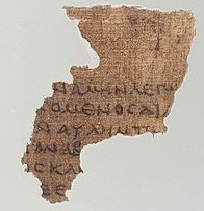
NT Sunday School Lesson 13: Matthew 15:21-17:13
There are a number of stories in this reading, and they appear not to be given to us in a haphazard way. There is a natural progression from one to the other: (1) Jesus heals the Canaanite woman’s daughter (Matthew 15:21-28). (2) He heals many and multitudes come to him (Matthew 15: 29-31). (3) He…
-

Times and Seasons’ 2010 Mormon of the Year: Elizabeth Smart
Times and Seasons has selected Elizabeth Smart as Mormon of the Year for 2010. Elizabeth Smart has been in the public eye this year in the United States and around the world as the chief witness in the trial of Brian David Mitchell, who abducted her in 2002. And her testimony gave her significant influence,…
-
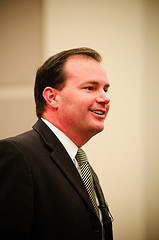
Elected Mormons, 2010
With the U.S. 2010 elections over more than a month ago, I’ve wanted to put together a summary of the results for Mormon candidates for some time, and finally got around to finishing it this past weekend. There were a few surprises.
-
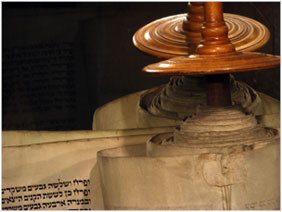
Sunday School Lesson 33: Jonah 1-4: Micah 2, 4-7
This is another long set of study notes. I have adapted parts of them from a set of notes that Arthur Bassett made several years ago—but don’t hold Art responsible for any mistakes you see here. They are probably mine. I will provide study notes for both sets of readings, that from Jonah and that…
-
Priesthood Session in a Nutshell
President Eyring conducted, with music by a BYU priesthood choir (with an expressive and energetic conductor) and talks by Elder Oaks, Elder Rasband, YM President Beck, and the First Presidency. This was an amazingly upbeat meeting. President Monson called this one of the best priesthood meetings he ever attended.
-
Priesthood Session in a Nutshell
President Uchtdorf conducted the Priesthood session, featuring talks by Elder Ballard, Elder Gonzalez, Elder Choi, Elder Uchtdorf, Elder Eyring and President Monson. Direct quotations (based on my notes) are given in quotes; phrases without quotes are my summary of the remarks given.
-
Royal Skousen’s 12 questions — The Critical Text Version
Last month we posted Royal Skousen’s discussion of his work on recovering the earliest version of the Book of Mormon, along with some updates. Unfortunately, that post garnered some annoying formatting problems — mostly due to the new format T&S adopted this year. We’re happy to now present to you mark III of Royal Skousen’s…
-
12 Questions and a Book by Royal Skousen
5 years ago we published one of my favorite “12 Questions” posts, in which Royal Skousen discussed in some depth what he has learned from his extensive work on the earliest editions of the Book of Mormon. His book, The Book of Mormon: The Earliest Text, is being published in September by Yale University Press…
-
Live(ish)-blogging Sunstone, Day 2
I missed out on the morning, because I had to finish grading papers. I’m now at D’Arcy’s session on virginity. I’m not true live-blogging it, I’ll post some summary notes as we go along.
-
Notes From All Over For Week Ended July 25
Comment here on the Notes From All Over for the past week.
-
Divide? Maybe not so much — Part 2
(See my disclaimer in Part 1 concerning the title) So, let’s discuss some of the less-acknowledged ways Mormons and evangelicals are alike. First we’ll start with things in evangelical thought which bear an unexpected resemblance to LDS thought.
-
The participatory nature of salvation for the dead
Last Sunday, I taught the EQ lesson on salvation for the dead. We covered all of the usual ground: Joseph Smith’s personal sadness at Alvin’s funeral where the preacher informs the family that Alvin is going to Hell; the various statements critical of the then-popular idea among New England Protestants that the unbaptized would be…
-
12 Questions for Marvin Perkins, Part Three
Here is Part Three of our 12 Questions with Marvin Perkins, comprised of Brother Perkins’ responses to our next five questions. See Parts One, Two, and Four for our introduction of Brother Perkins and his responses to our other questions.
-
Notes From All Over — for Week Ended 2 May
Comment here on the Notes From All Over for the past week.
-
Notes from All Over thru April 25th – Comments
Here’s the place to make your comments on our ‘Notes from All Over’ for last week.
-
The Salamander Letter in a nutshell
So, what is this scary Salamander Letter that the church is hiding from everybody?
-
Just Pretend It Already Has 26 Comments . . .
. . . because this may be the longest post you’ll read this year. (I want a Niblet!!) Randy wanted me (and Nate) to explore the issue of presiding a little more on the temple thread, but some yahoo cut off comments, so Randy emailed me.
-
12 Questions for Terryl Givens
Professor Terryl Givens–who has another book out within the last month, The Latter-day Saint Experience in America (Greenwood Press)–has been kind enough to answer twelve questions for us.
-
Christmas Music Geekery, Part II–Hodie and Messiah
Yesterday I mentioned Ralph Vaughan Williams’ ‘Hodie’, but did not rhapsodize about it. Allow me to rhapsodize:
-
12 Answers from Royal Skousen
Professor Royal Skousen has gone far beyond what we asked of him and provided a full and fascinating response to our twelve questions.
-
12 Answers! for Ken Jennings, part two
Here’s the second half of our 12 Questions with Ken Jennings. (Click here for part one.) We thank Ken for participating in our 12 Questions feature, especially for his smart (but delicate) responses to the obnoxious, smart-aleck questions that seem to come with the territory. .
-
Sunday School Lesson 29
Lesson 29: Alma 36-39 Alma 35:15-16 explains why Alma says the things in these chapters to his sons, Helaman, Shiblon, and Corianton: because he grieved for the hardness of the hearts of the people to whom he and others had been sent as missionaries. (See Alma 31:6-7.) How does that explain what he says, especially…
-
Sunday School Lesson 20
Lesson 20: Mosiah 25-28; Alma 36 Warning: the materials for this lesson may be the longest I’ve produced so far. As always of course, they are intended only to help you think about the material. No lesson could cover all of the significant ideas and questions that come up in these chapters. The first part…
-
Hello, Out There!
Early this morning, our Site Meter rolled over the 20,000 visitor mark. Kaimi noted the first 10,000 five weeks ago, on January 22. That first 10,000 required nine weeks of blogging. Based on traffic this week — which passed 400 visitors per day for the first time on Wednesday — we will reach the next…
-

My Ranked Tier List of Arguments for the Existence of God
For the uninitiated, tier lists have become a fashionable way to rank order items, running from F tier to S tier (“super,” above A tier). Sometimes going up to S plus. I watch a lot of weight lifting YouTube videos, and it seems like every fitness influencer has done one of these for best exercises,…
